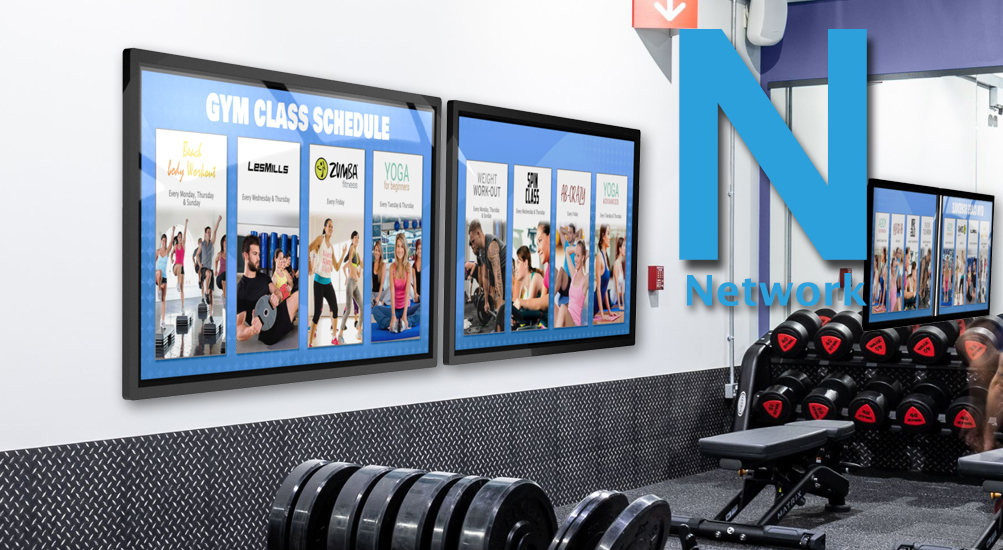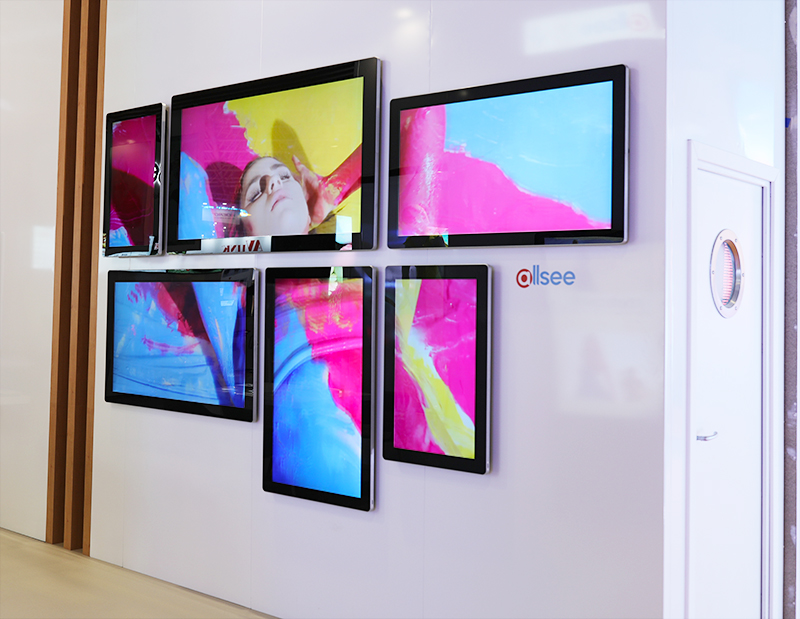
The A to Z of Digital Signage: N is for Network
Network Digital Signage normally refers to commercial displays, driven by an internal or external media player, that can be updated over the internet remotely; but this type of solution opens up a whole new world of possibilities.
As explored in our previous blog, “What is Digital Signage?”, there are generally two update methods for most Digital Signage solutions; plug and play or network. Standalone plug and play solutions are more cost effect and easier to update but there are some big limitations in terms of functionality with this update method – this is where network Digital Signage comes into play.
The primary advantage of network based solutions, as the name suggests, is that displays can be remotely updated remotely over the internet. But the advantages don’t stop here, network Digital Signage solutions allow for content customisation, multiple media zones on your display, more complex content scheduling and even the ability to layer media zones to make content look more interesting. Network solutions also allow you to display live webpages, which again opens the doors for even more functionality such as showing social media feeds alongside promotional media, displaying live travel and traffic updates, betting odds, property feeds for estate agents – essentially anything that can be displayed as a webpage.
Networked screens can also be synchronised so that the same or complimentary content can display on multiple screens and change at the same time. This feature can be utilised to create some very effective results, effectively allowing you to treat a group of screens installed in close proximity as one giant display.

One important point to consider with this type of solution is connectivity. Network Digital Signage can be connected to the internet in one of three ways LAN, Wi-Fi or 4G. The ideal connectivity method is LAN, connecting the display to your network using an Ethernet cable. This is the most stable and reliable method and is almost essential when displaying webpages or synchronising content. Wi-Fi is by far the most common and convenient method for integration, however the stability of the connection is dependent on the quality and location of router in relation to the display. The final method, 4G connectivity, is typically a mobile technology but can be ideal for certain projects such as high security locations, airports and for outdoor displays where an Ethernet cable connection is not possible.
To find out more about the network Digital Signage solutions that we manufacture get in touch with us today on +44 (0)121 421 4458 or email info@allsee-tech.com.

Thomas Fraser-Bacon is the Marketing Director for Allsee Technologies. His background is in Digital Signage and Product Design.


